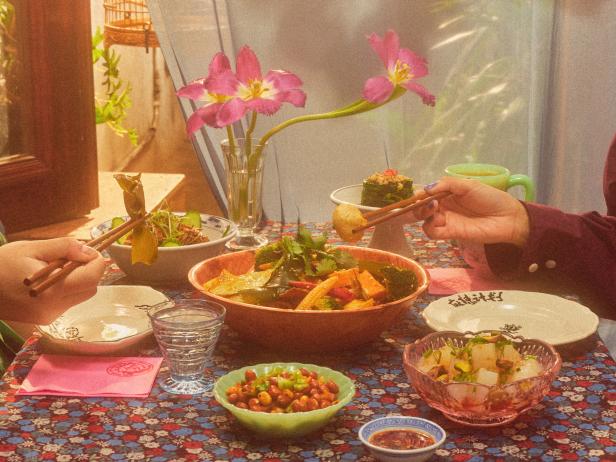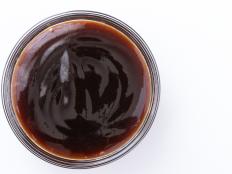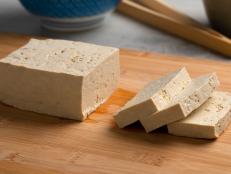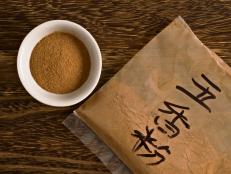Love Hot Pot? Have You Met Its Lesser-Known Cousin?
Dry pot’s got all the customizability of hot pot, minus the soupy broth.


Guang Xu/Photo courtesy of MáLà Project
You may already be a fan of hot pot – a Chinese meal that centers around a communal pot of bubbling broth, and allows everyone at the table to customize their own experience. From a spread of raw vegetables, meats, seafood, tofu and noodles, each person dips and cooks whatever combination of ingredients they like in the broth. It’s hard to beat the equal parts comforting, fun and flavorful experience.
But if you haven’t already met hot pot’s lesser-known (at least in the U.S.) cousin, it’s time you did. Dry pot is pretty much what it sounds like. It’s got all the customizability of hot pot minus the soupy base. While hot pot broths can come in a range of flavors – from mild bone broth to spicy to coconut chicken and beyond – dry pots tend to lean Sichuan spicy and tingly. They often include a mix of Sichuan peppercorn, fermented broadbean paste, chilis, cumin, white cardamom and more to bring the electric flavor the cuisine is known for.
“Hot pot has a very fragrant sauce with a little or a lot of heat depending on how much chili you put in there,” says Amelie Kang, owner and co-founder of MaLa Project in New York City. “There’s a lot of depth to it, so it keeps you wanting more.”
What is dry pot, and how is it different from hot pot?
Unlike hot pot, which involves boiling, dry pot is essentially a stir-fry with hot pot sauce and spices added for punch. The result is a meal that’s packed with robust flavors.
“When making dry pot, take a little hot pot sauce and stir-fry it with the ingredients,” says Cori Xiong, co-owner of Mala Sichuan Bistro in Houston. “You can also add a little water to dilute the hot pot sauce a bit and make sure it will be better absorbed. When the dry pot is done, there should be no water at the bottom of the pan.”
You’ve used enough sauce if the ingredients are evenly coated and have turned a deep red from the chili and bean paste. “If it’s not dark enough, it won’t be flavorful,” says Kang. “If it’s too dark, it will taste too salty.”
Where does dry pot come from?
Most chefs and food historians believe dry pot originates from Chongqing municipality. Cuisine from Sichuan, China is best known for its mala (numbing and spicy) flavor profile, which dry pot has in spades. According to Kang, dry pot was likely invented during the 1970s, and later gained popularity across China in large cities. “I grew up in Beijing,” she says. “When I was in high school, a bunch of dry pot restaurants started popping up everywhere all of a sudden. Because of its format, dry pot makes a great work lunch for office workers. It’s very fast and customizable.”

Guang Xu/Photo courtesy of MáLà Project
What’s in dry pot?
A better question: What isn’t in dry pot? While some dry pots may have set ingredients depending on the restaurant’s region and chef, most allow customers to personalize their dish and choose from a wide array of ingredients, including meat like lamb, chicken wings, and sliced beef; and vegetarian options such as bok choy, cabbage and glass noodles. Some ingredients hold sauce better than others. Xiong suggests wood ear mushroom, bean curd sheets, cauliflower, lotus root, tripe and processed meat. Kang recommends choosing three to five ingredients per person.
How can I make dry pot at home?
“Dry pot [sauces] require a lot of work and preparation, that’s why they’re a popular thing to order out at restaurants,” says Xiong. “They’re much easier to make in commercial kitchens.” Kang, who warns that some sauces take days to cook, agrees.
If you’re making dry pot by yourself, your best bet is to purchase a premade base from the grocery store or a local food vendor. Xiong suggests Baijia Seasoning Sauce or Haidilao Hot Pot Base. After that, dry pot is all about stir-frying, which is easy enough to do at home. If you still feel out of your depth, many store-bought dry pot sauces have specific instructions to guide you along on the packet.
What should I keep in mind when stir-frying dry pot? Are some ingredients easier to cook?
Both Kang and Xiong recommend avoiding leafy, watery vegetables. “The more you cook them, the more water comes out,” says Kang. “That water is going to prevent the ingredients from picking up the sauce so you end up with an oily pot.” Because stir-frying should be a quick process, Xiong also suggests that some ingredients should be partially pre-cooked by frying. (You can also blanch the ingredients, but frying dehydrates them better and adds more flavor). “That way they don’t dilute the sauce. I would also choose stiffer, chunkier ingredients over soft, stringy ones that easily break (like peas or bean sprouts) because they don’t hold up and negatively contribute to the presentation of the dish.”
Related Content:

































